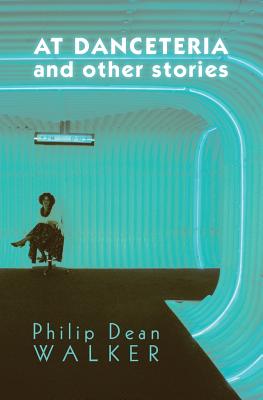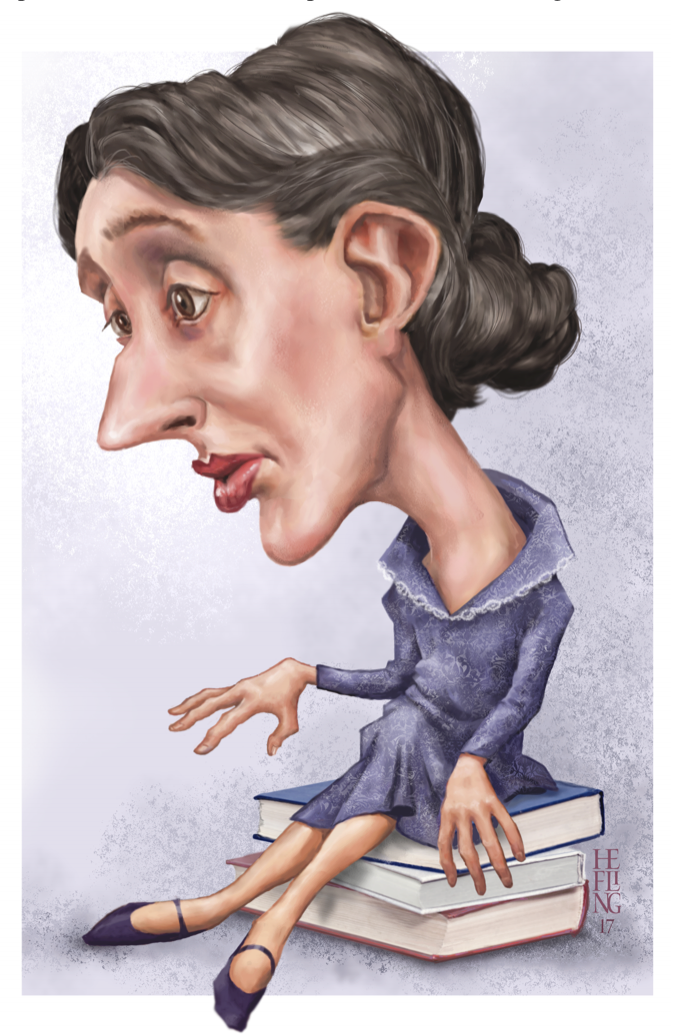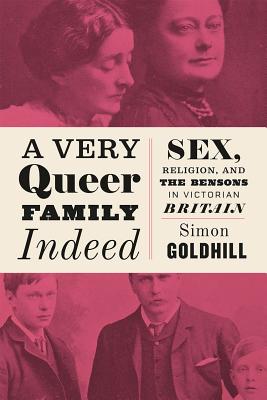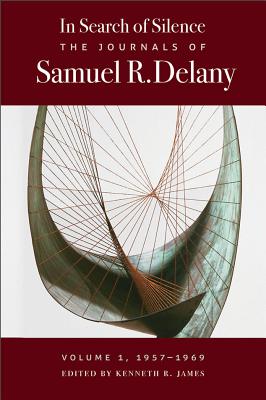
Short Reviews
Reviews of One Of These Things First: A Memoir, and the movies, Bayou Maharajah: The Life and Music of New Orleans Piano Legend James Booker; Jonathan; and Akron.
More
Reviews of One Of These Things First: A Memoir, and the movies, Bayou Maharajah: The Life and Music of New Orleans Piano Legend James Booker; Jonathan; and Akron.
More
IN 1944, Charles Jackson published The Lost Weekend, about a writer battling alcoholism. … Two years later, he published a novel called The Fall of Valor (1946), which describes a married man’s love for a Marine.
More
Reading this book, which is subtitled My Life in Stories and Pictures, is akin to sitting with Cumming as he leafs through his ever-growing scrapbook of accomplishments, loves lost and won, and collaborations with other name-brand stars.
More
WHEN EVELYN WAUGH died of a sudden heart attack at 62 on Easter Sunday, 1966, his literary reputation was in decline, his work seen as nostalgic and retrograde compared to the issue-oriented social realism of writers then in ascendance (such as Kingsley Amis and Anthony Burgess). However, as journalist Philip Eade argues in his new biography, “revisiting” Waugh to commemorate the fiftieth anniversary of his death, he is now celebrated as one of the greatest English satirical novelists of the 20th century.
More
At Danceteria and Other Stories can be read in two ways. Each story can be appreciated individually as a reverent elegy to the gay party scene of the 80’s or they can be read together, and the book becomes a haunting descent from the intoxication of that era.
More
IN THIS CRITICAL BIOGRAPHY of Virginia Woolf, Ira Nadel takes us on a tour of the places of significance in Woolf’s life while drawing connections among these places, her relationships, and her writings.
More
In A Very Queer Family Indeed Goldhill accomplishes something radical by serving up six characters in search of, not an author, but a sexuality.
More
A Very English Scandal: Sex, Lies and a Murder Plot at the Heart of the Establishment by John Preston Other Books. 340 pages, $27.95 IN 1979, Jeremy Thorpe, a…More

FOR THOSE OF US who grew up reading Samuel Delany’s science fiction novels or who benefited from his exceptionally detailed books on the craft of writing, there are so many mouthwatering bits in this volume, his first twelve years of journals, that it’s hard to know where to jump in.
More
In Part I of this essay, published in the January-February 2017 issue of this magazine, I described the recent discovery of a large amount of new archival material on…More